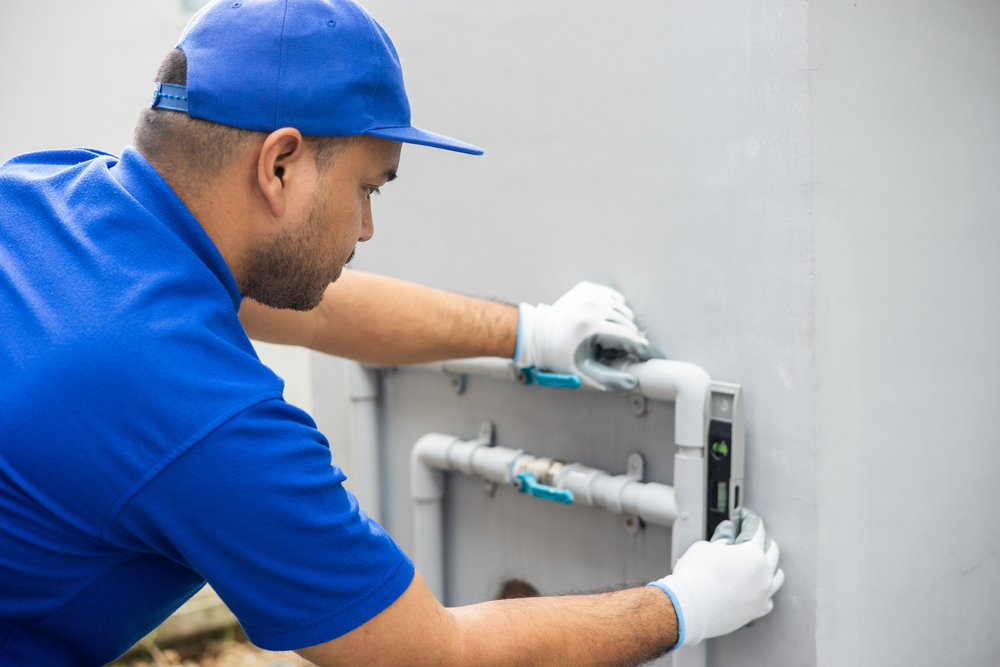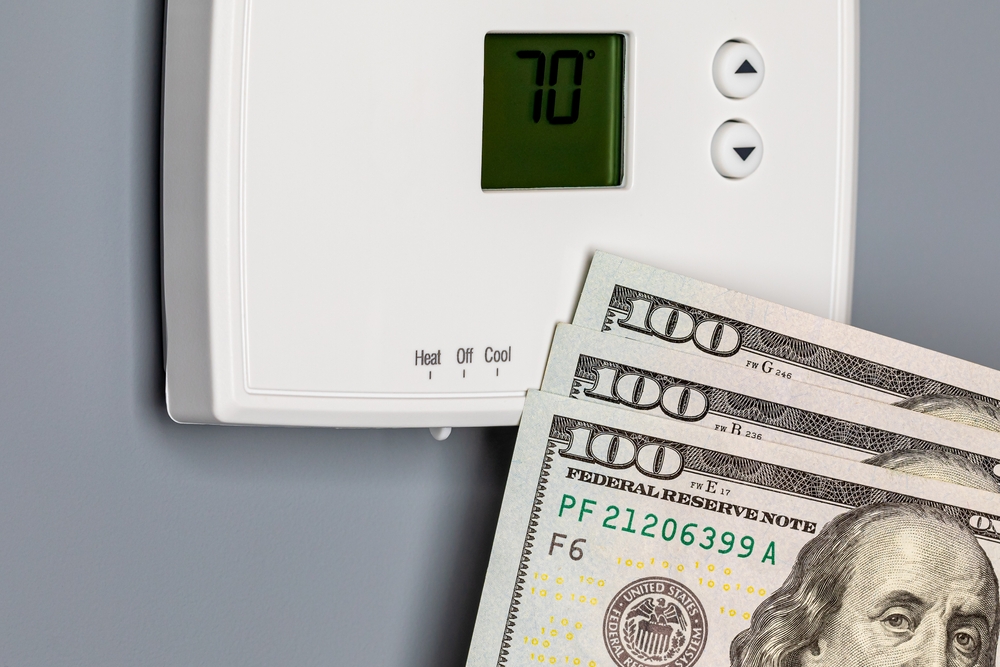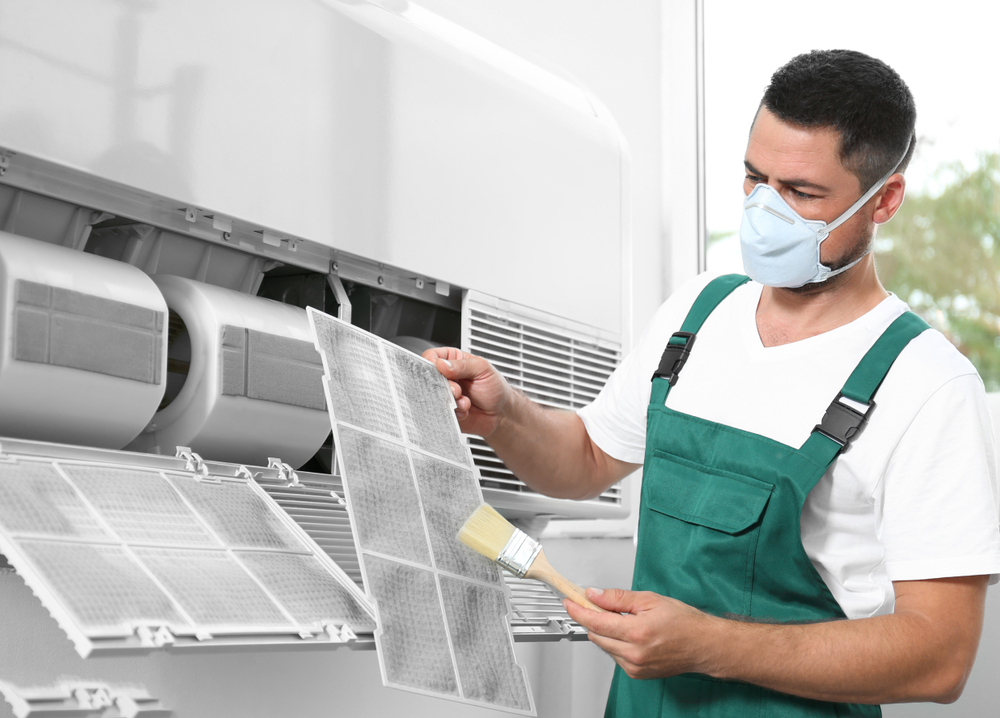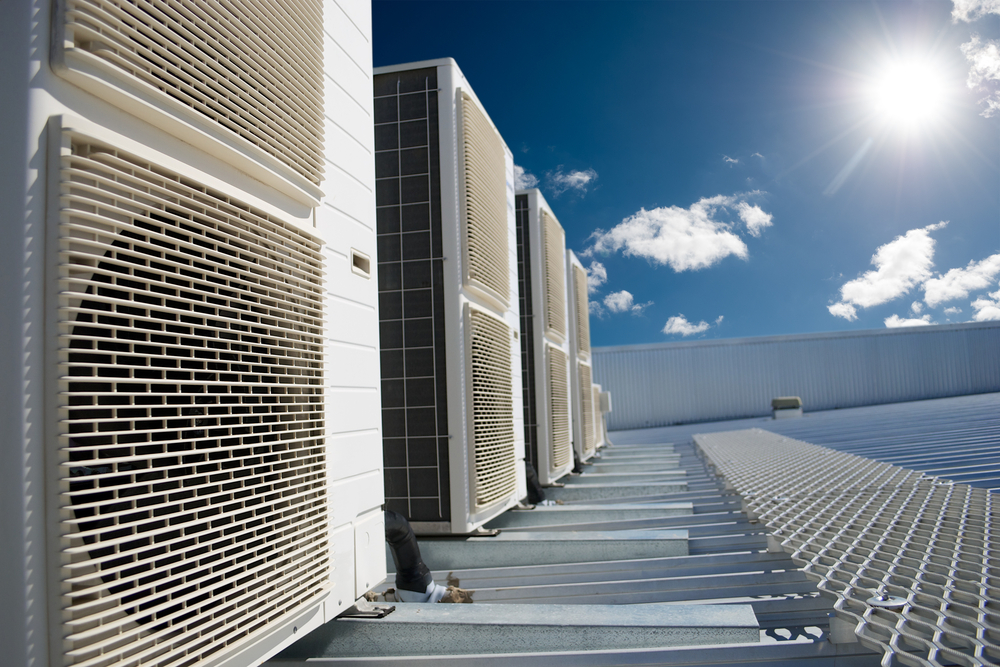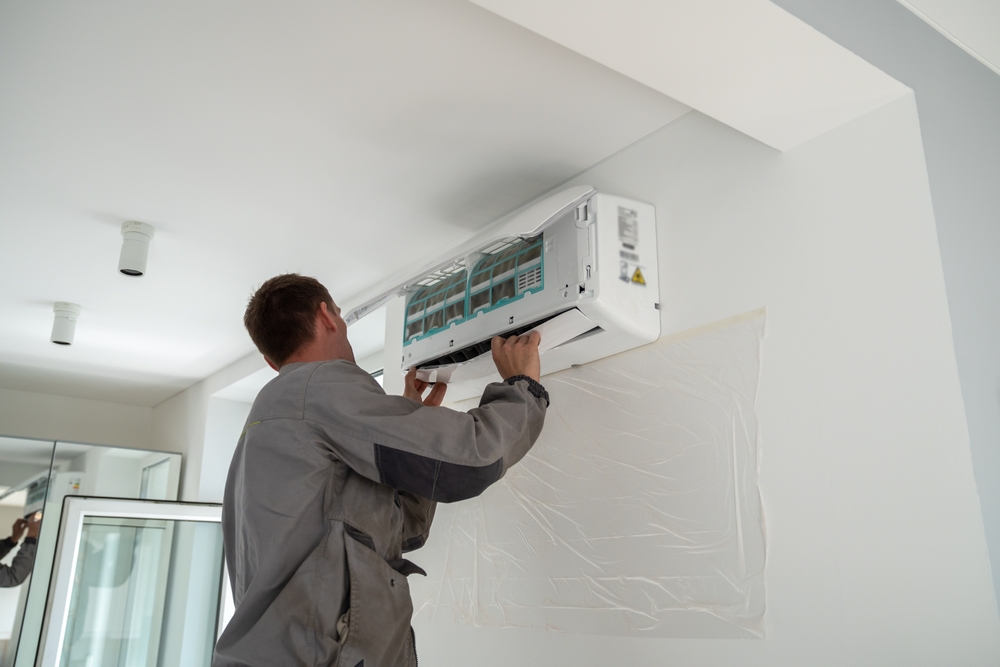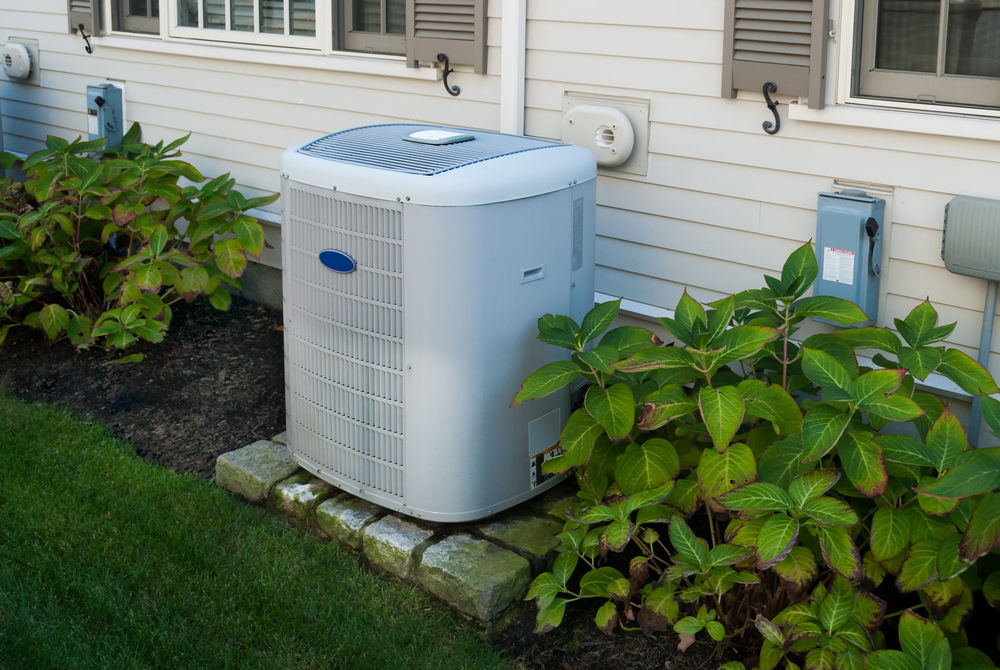Understanding Redox Water Filtration: How It Works and Its Benefits for Clean Water
Clean water is a fundamental need for every household, but achieving high-quality water free from harmful contaminants can be challenging. Among the various water purification methods available today, redox water filtration stands out for its innovative chemical processes and numerous benefits. By leveraging the power of chemical reactions to eliminate impurities, redox filtration provides an efficient, eco-friendly, and highly effective solution for clean water.
What Is Redox Water Filtration?
Redox (reduction-oxidation) water filtration utilizes chemical reactions to remove harmful contaminants from water. The process revolves around the transfer of electrons between molecules, which helps neutralize impurities and improve water quality.
The key component of redox filtration systems is a medium made of a combination of metals, typically zinc and copper, known as KDF (Kinetic Degradation Fluxion). These metals create an electrochemical reaction that disrupts and eliminates pollutants, such as chlorine, heavy metals, and bacteria.
How Redox Filtration Works
Redox filtration relies on two chemical reactions: oxidation and reduction. Here’s a closer look at how these processes work together to purify water:
Oxidation
In this reaction, a molecule loses electrons, altering its chemical structure. For instance, when redox filtration targets chlorine, it transforms the chlorine molecules into harmless chloride ions, effectively removing the chemical’s harmful properties.
Reduction
Reduction occurs when a molecule gains electrons. In redox filtration, this process often targets heavy metals like lead or mercury. By gaining electrons, these metals are chemically altered, becoming less toxic and easier to filter out of the water.
Together, these reactions neutralize harmful substances, remove bad odors, and improve the overall taste of water—all without introducing additional chemicals into the water supply.
Benefits of Redox Water Filtration
Redox water filtration offers several distinct advantages over traditional water purification methods. Here’s why it’s becoming an increasingly popular choice for homeowners and businesses:
Chemical-Free Operation
One of the most significant benefits of redox filtration is that it doesn’t rely on harsh chemicals to purify water. Unlike chlorine-based purification systems, redox filtration uses natural electrochemical reactions to neutralize contaminants, making it a safer and more eco-friendly option.
Preservation of Essential Minerals
Many water purification systems, such as reverse osmosis, remove essential minerals like calcium and magnesium along with impurities. Redox filtration, however, preserves these beneficial minerals, ensuring your water remains healthy and mineral-rich while still being clean and safe to drink.
Prevention of Scale Formation
Hard water, which contains high levels of calcium and magnesium, often leads to scale buildup in pipes and appliances. Redox filtration prevents this by chemically altering the structure of these minerals, reducing their ability to form scale. This extends the lifespan of your plumbing system and water-based appliances.
Bacterial and Algae Control
The redox process creates an environment that inhibits the growth of bacteria, algae, and other microorganisms. This makes redox filtration particularly effective for maintaining clean water in residential and commercial settings.
Improved Taste and Odor
Redox filtration significantly improves the taste and odor of water by removing contaminants like chlorine and sulfur. This is especially beneficial for households that rely on municipal water supplies, which often contain chlorine and other chemicals.
Cost-Effective Solution
Compared to other water purification systems, redox filtration is relatively low-maintenance and long-lasting. The KDF media used in redox filters can last for years, reducing the need for frequent replacements and lowering overall maintenance costs.
Applications of Redox Water Filtration
Redox water filtration systems are versatile and can be used in a variety of applications, including:
- Residential Use: Ideal for homes looking to improve tap water quality without relying on chemical treatments.
- Commercial and Industrial Settings: Perfect for businesses that require large-scale water purification, such as restaurants, hotels, and manufacturing facilities.
- Pre-Treatment for Reverse Osmosis Systems: Redox filtration is often used as a pre-treatment step to extend the life and efficiency of reverse osmosis membranes.
- Aquariums and Ponds: Helps maintain a healthy aquatic life environment by removing harmful contaminants.
Choosing the Right Redox Water Filtration System
When selecting a redox water filtration system, it’s essential to consider factors like your water quality, household size, and specific purification needs. Consulting with a professional plumber can help ensure you choose the right system for your home or business.
At PlumbSmart, we offer expert advice and installation services for water purification systems, including redox filtration. Our experienced team can evaluate your water quality and recommend the best solution to meet your needs.
Why Redox Filtration Stands Out in Water Purification
Redox filtration is a superior choice for modern water purification needs because it can purify water without harsh chemicals, preserve essential minerals, and prevent scale buildup. Its effectiveness in tackling a wide range of contaminants ensures that your family or business has access to clean, safe, and great-tasting water.
Partner with PlumbSmart for Clean Water Solutions
Investing in a high-quality water purification system is an important step toward ensuring your water is safe and healthy. However, proper installation and maintenance are crucial to getting the most out of your system.
PlumbSmart, a trusted plumbing and HVAC contractor in Mesa, AZ, specializes in installing and maintaining water purification systems, including redox filtration. We serve customers across the Phoenix metro area, including Mesa, Tempe, Chandler, Gilbert, and Scottsdale. Here’s why you should choose us:
- Experience and Expertise: With years of experience, our team ensures your water purification system is installed and maintained to the highest standards.
- Value and Affordability: We provide free estimates, same-day service, and the guaranteed lowest prices in the Valley.
- Customer Satisfaction: Our A+ rating by the Better Business Bureau reflects our commitment to quality and customer service.
- Lifetime Warranty: We stand behind our work with a lifetime warranty, giving you peace of mind.
Call PlumbSmart Today for Affordable Water Purification Services
Don’t settle for less when it comes to clean water for your home or business. If you’re looking for a reliable, affordable, and professional plumber in Mesa, AZ, PlumbSmart is here to help. We’ll work with you to select the best water purification system, including redox filtration, to meet your needs.
Contact us today at 480-654-8865 to schedule a free estimate. With PlumbSmart, you’re guaranteed expert service, value pricing, and a commitment to delivering the clean, safe water you deserve.

